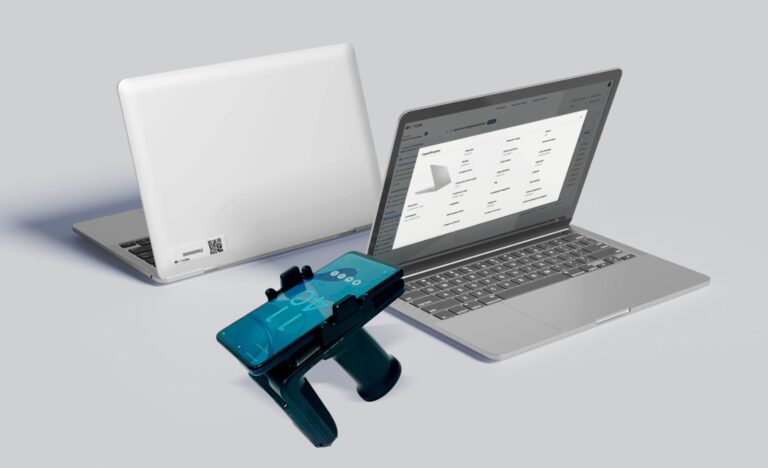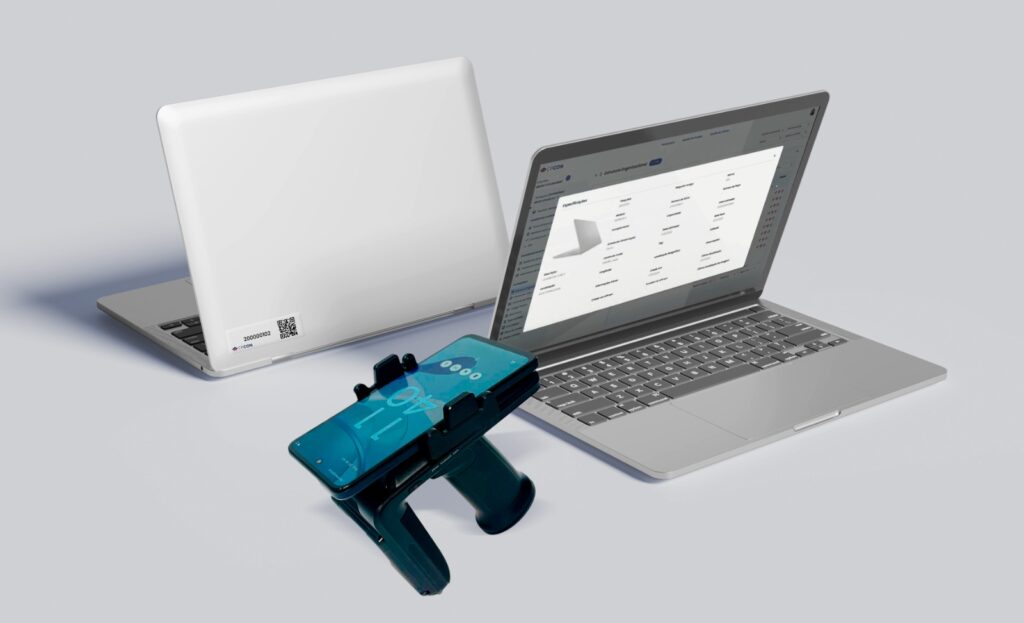Inventory cycle count is a highly effective strategy for companies looking to maintain inventory accuracy without disrupting daily operations. With SAP Business One, this process becomes faster, more reliable, and aligned with asset management best practices.
But why has cycle counting gained prominence among mid-sized businesses? Because it solves a common problem: the challenge of controlling inventory accurately and consistently without halting operations — an increasingly unviable option in a fast-paced, compliance-driven market. In this article, we’ll explore how SAP Business One can turn inventory cycle count into a real competitive advantage and how CPCON supports companies on their path to operational excellence.

Table of Contents
ToggleWhat Is Inventory Cycle Count?
Inventory cycle count is the continuous process of counting specific parts of the inventory throughout the year. It replaces full annual physical inventories, which often disrupt operations.
Instead of stopping everything to count everything, companies perform scheduled count cycles. These can be defined by categories, locations, or criticality criteria.
This approach prevents bottlenecks, reduces operational errors, and increases visibility into actual warehouse availability.
It’s also a recommended practice in audits and compliance standards like SOX and IFRS due to its transparency and up-to-date asset visibility.
Why Is Inventory Cycle Count Essential for Mid-Sized Businesses?
Growing companies face a persistent challenge: scaling operations without losing control. When well-structured, inventory cycle count brings the following benefits:
- Improved accuracy: Studies show it can reduce inventory discrepancies by up to 90%, especially when integrated with technologies like RFID and barcodes.
- Operational continuity: No need for shutdowns—counting runs parallel to operations.
- Cost efficiency: Eliminates excesses, optimizes reorder points, and minimizes losses.
- Compliance: Facilitates internal and external audits and improves accountability.
In practice, cycle count acts as a constant “health check” for the company’s asset management.
How Does SAP Business One Enhance Cycle Count Management?
SAP Business One is a robust yet accessible ERP designed for mid-sized businesses.
It streamlines cycle counting with automated features that integrate purchasing, sales, inventory, and finance data in real time.
Key features include:
- Smart alerts: Automated notifications remind teams about scheduled counts.
- Count recommendations: The system suggests items to count based on value, turnover, or location.
- Recurring scheduling: Count cycles can be set daily, weekly, or monthly.
- RFID and barcode integration: Enables easier tracking and reduces human error.
These functionalities lighten the manual workload and increase data reliability.
Common Pitfalls in Cycle Count Implementation
Poorly implemented cycle counts can create more problems than they solve. Common errors include:
- Lack of training: If the team doesn’t understand the process, results are inaccurate.
- Outdated data: Inaccurate records and lack of standardization impair consistency.
- No ERP integration: If counts don’t reflect in core systems, accuracy is lost.
- No strategic review: Failing to reassess frequency and criteria wastes resources.
This is why support from experts like CPCON makes a significant difference.

What Should Companies Consider Before Adopting Cycle Count?
Before implementing inventory cycle count with SAP Business One, companies must:
- Clearly map inventory by location, category, and item criticality.
- Define a cycle count strategy (e.g., ABC model), focusing on high-value and high-impact items.
- Train the operational team to perform accurate counts.
- Set movement lock policies during counts to prevent inconsistencies.
- Analyze results and adjust plans as needed.
Planning ensures that cycle counting delivers lasting value and prevents rework.
The Role of Automation in Successful Cycle Count
Automation is the link between control and scalability. Companies using RFID, barcode scanners, and IoT sensors gain speed and precision in asset tracking.
When automation is integrated with SAP Business One, counting becomes a natural part of operations.
Data flows in real time to dashboards and reports, enabling immediate, fact-based decisions.
Automated cycle count tools also reduce inventory discrepancies and strengthen compliance with regulatory standards.
CPCON Solutions: Turning Inventory into a Strategic Asset
CPCON is a strategic partner for companies aiming to turn inventory into a competitive advantage. Our solutions include:
- SAP Business One implementation tailored to your company’s reality.
- Technical and practical training for warehouse teams.
- Integration of technologies like RFID and smart sensors.
- Inventory audits and asset reconciliations aligned with SOX, IFRS, and international standards.
- Strategic consulting to review processes and drive continuous improvement.
With CPCON, asset counting shifts from an operational task to a pillar of business intelligence.
Conclusion
Adopting cycle count with SAP Business One is more than a technical choice — it’s a strategic move.
It provides accuracy, visibility, and efficiency, preparing companies to grow with control and confidence.
With CPCON as your partner, this journey becomes safer and more scalable. Our expertise in asset management and compliance ensures your company is ready for complex challenges — without losing momentum or control.
Ready to turn your inventory into a competitive advantage?
Contact CPCON and discover how we combine SAP Business One, RFID technology, and technical expertise to drive measurable results for your business.
FAQ: Inventory Cycle Count and SAP Business One
What is inventory cycle count and how does it work?
It’s the periodic counting of specific inventory parts throughout the year. It replaces full physical inventories with a more efficient and less disruptive approach.
What are the advantages of using SAP Business One for cycle count management?
SAP Business One offers automation, real-time integration, and count recommendations, making the process more accurate and cost-effective.
What’s the difference between cycle count and rotating inventory?
They refer to the same concept. In Brazil, “rotating inventory” is commonly used; internationally, “cycle count” is the standard term.
How does RFID automation improve cycle count?
RFID eliminates manual errors, speeds up counts, and enables real-time inventory tracking, boosting accuracy.
What are the key considerations for an effective cycle count?
Planning, training, temporary movement locks, and ongoing review of the count strategy are essential.
Is SAP Business One only for large enterprises?
No. It’s ideal for mid-sized businesses seeking robust, customizable, and user-friendly ERP solutions.
How can CPCON help with cycle count implementation?
CPCON offers end-to-end support—from SAP Business One deployment to training, audits, and integration of technologies like RFID.























